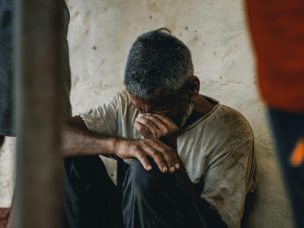Black and Hispanic children and children with low levels of parental education and family income are more likely to belong to the obese trajectory group.
Childhood obesity is among the major public health problems in the United States, affecting 19.3% of individuals aged 2–19. The current study identified childhood body mass index (BMI) trajectories, which indicate children’s developmental status. The study concluded that Hispanic and Black children and children with low levels of family income and parental education are more likely to belong to the obese trajectory group compared to their White counterparts. The BMI disparities exist during the early childhood years and persist through childhood. These study findings are published in the Journal of Racial and Ethnic Health Disparities.
Person-Based Approaches and BMI Trajectories
In the context of the person-based approach, one BMI trajectory was consistently present in the obese category from early childhood to the start of adolescence. Children belonging to the obese trajectory group were associated with certain ethnic and racial backgrounds as well as low socioeconomic status. These serve as target populations for developing intervention strategies for addressing obesity.
BMI Trajectories Do Not Significantly Decrease or Increase Over Age
This study also demonstrated that BMI trajectories do not significantly decrease or increase over age. The BMI trajectories comprised groups of children in the obese category and two normal-weight categories, including children aged 2-11 years.
Children in Upper-, Middle-, and Lower-Trajectory Groups
The study results indicated that children in the upper-trajectory group were part of the obese category. The upper-trajectory membership was the highest in children with low socioeconomic status and in Hispanic and non-Hispanic Black children. This indicates an early establishment of an unhealthy BMI status among these children and its persistence through childhood.
Childhood BMI Trajectories on the Basis of Group Membership
According to the study findings, the obese, upper trajectory group comprised 56.4% Hispanic, 17.4% Black, 17.9% White, and 5.9% children belonging to other racial groups. The upper-trajectory group children were primarily associated with a low socioeconomic status. In addition to a significant percentage of Black and Hispanic children, a non-significant percentage of White children were also at risk for a distinct obesity trajectory from early childhood through adolescence. Lower levels of family income and education and low socioeconomic status can explain this.
This study highlighted BMI trajectories in childhood obesity and discussed different socioeconomic and racial or ethnic disparities associated with children in the obese trajectory group.
The study concluded that Black and Hispanic, along with a non-significant percentage of White children, belong to the upper obese trajectory group, characterized by low levels of income and parental education.
Source
Kim, H., Rajbhandari, A., Krile, R., Lang, I. M., Antonakos, C. L., & Colabianchi, N. (2023). Body Mass Index Trajectories among the Healthy Communities Study Children: Racial/Ethnic and Socioeconomic Disparities in Childhood Obesity. J Racial Ethn Health Disparities, 1-13. https://doi.org/10.1007/s40615-023-01511-x








